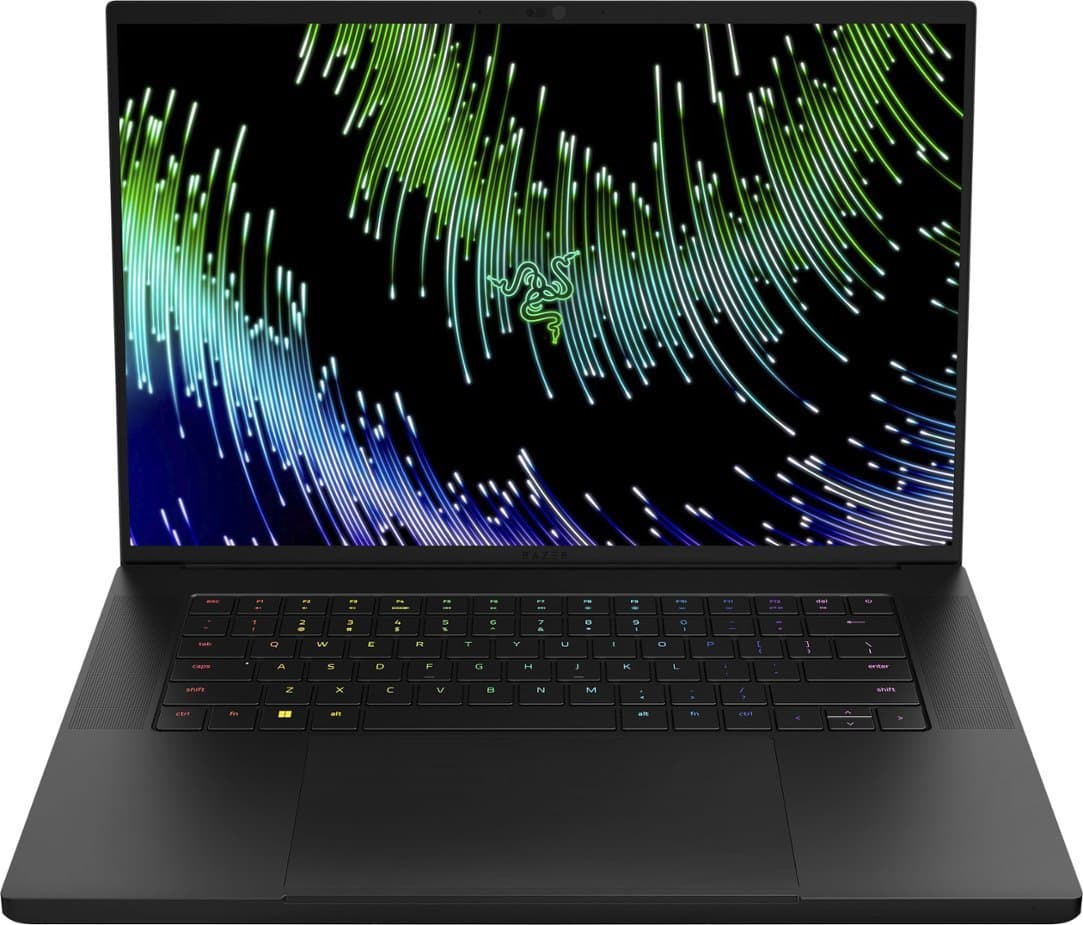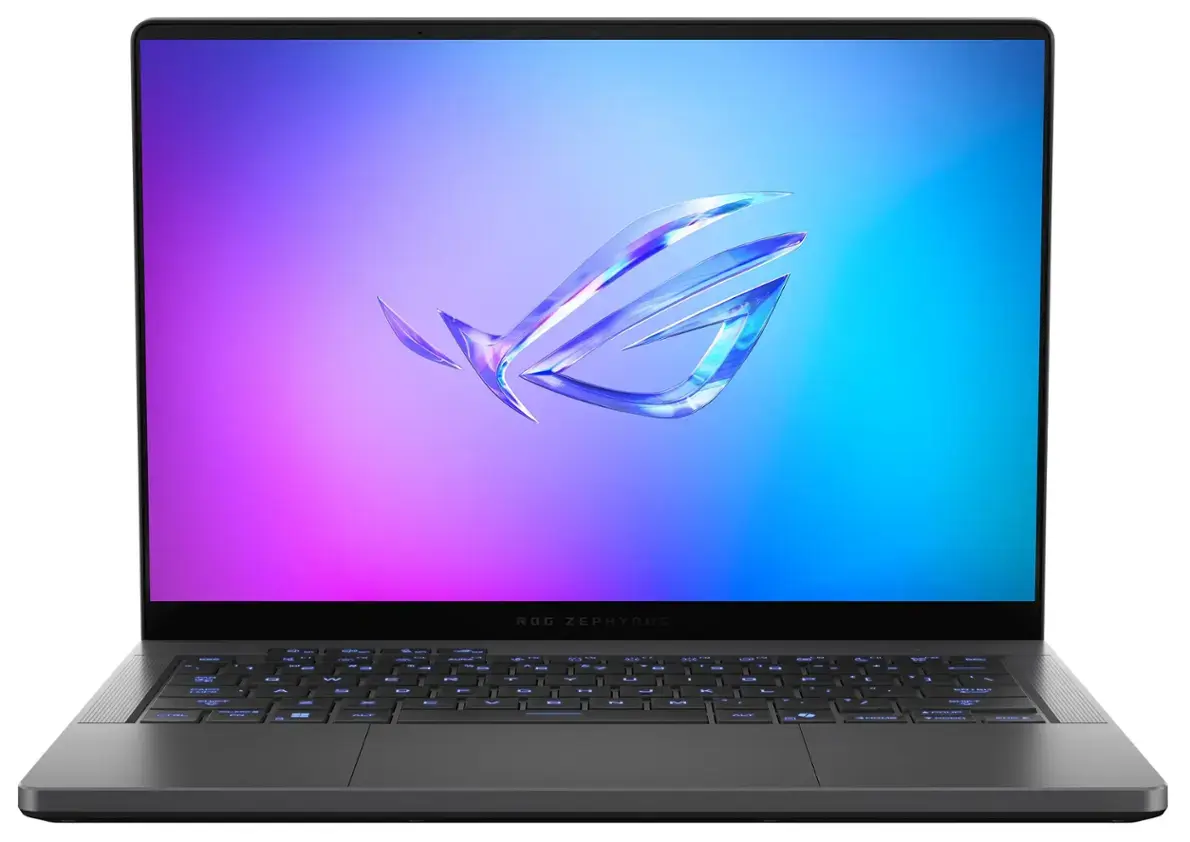Lenovo Legion 7i Review: The One Josh Would Actually Buy
September 18, 2025
|
Legion 7i
Summary
The Lenovo Legion 7i continues to stand out in the thin-and-light gaming laptop category.
Table of contents:
Laptops in this Article
16 Inches | 1 TB | 32 GB | Core Ultra 9 275HX | RTX 5070
On Sale
Good Deal
16 Inches | 1 TB | 32 GB | Core Ultra 9 285H | RTX 5070 Ti
Best Price Ever
Good Deal
Summary
This year’s model of the Legion 7i is more efficient, runs cooler, and delivers excellent CPU performance. However, it comes with two key drawbacks: limited VRAM on its RTX 5070 GPU and underwhelming battery life. Let’s break down how it performs across gaming, creator workloads, and everyday use—and how it compares against rivals like the Zephyrus G16, Predator Helios Neo 16S, and Razer Blade 16.
16 Inches | 1 TB | 32 GB | Core Ultra 9 275HX | RTX 5070
CPU Performance
At the heart of the Legion 7i is Intel’s Core Ultra 9 275HX, part of the new Arrow Lake HX lineup. Performance is excellent:
- Geekbench: Second only to Apple’s MacBook Pro 16 (at a much higher price).
- Cinebench: Beats last year’s Legion 7i by 33%, while only drawing slightly more power.
- Efficiency: This CPU delivers higher performance without significantly increasing wattage—something Intel has struggled with in prior generations.
That said, Apple’s M-series chips still lead in efficiency, drawing far less power while outperforming in raw benchmarks.
GPU Performance
The biggest limiter here is the RTX 5070 (8GB VRAM). While capable, 8GB of VRAM is not enough for modern titles at native resolution on ultra settings.
- TimeSpy: 10% faster than last year’s RTX 4070 Legion, despite lower wattage.
- Port Royal (ray tracing): Solid gains over the prior generation.
- Intense Graphics: Competing laptops with RTX 5070 Ti GPUs (with 12GB VRAM) do better in VRAM-heavy games like Monster Hunter Wilds.
Gaming
- Cyberpunk 2077 (Ultra, DLSS Upscaling + Frame Gen): Smooth average FPS but inconsistent 1% lows. Still playable, but stability drops with Frame Gen on.
- Monster Hunter Wilds: A clear weak point. The 8GB VRAM causes major stuttering at Ultra. Switching to High settings makes it playable with minimal visual loss.
- Forza Horizon 5 & Final Fantasy Dawntrail: Expected performance, with Dawntrail favoring the Legion’s strong CPU.
Overall: great for most titles, but future-proofing is a concern.
Creator Performance
In Premiere Pro and DaVinci Resolve, the Legion 7i performs right where it should given its hardware. For creators, it’s a smooth, reliable machine.
Thermals & Fan Noise
- Light tasks: Cool, quiet, and very responsive.
- Gaming: Comfortable around the WASD area, but the center of the keyboard gets hot under heavy loads.
- Noise: Loud in Performance mode. Switching to Balanced cuts fan noise dramatically but reduces CPU/GPU wattage (10W and 20W less, respectively).
Battery Life
This is where the Legion 7i disappoints. Despite a more efficient CPU, real-world battery life is slightly worse than last year’s model. While not unusable, it lags behind competitors, especially Apple laptops.
Chassis & Design
- Look: Glacier White finish looks premium and pairs well with white accessories.
- Portability: Slightly deeper than last year but still one of the lightest in its class.
- Charger: Heavy, but the new 245W brick ensures no battery drain during gaming.
- Build quality: Not quite at MacBook or Razer Blade levels, but very solid. One nitpick: sharp edges may be uncomfortable without wrist support.
Display
The OLED panel is a highlight:
- 500+ nits brightness
- 240Hz refresh rate (with G-Sync)
- Excellent color accuracy
- No flicker or artifacts
It’s one of the best screens in this category.
Keyboard & Trackpad
- Keyboard: Among the best available—long travel, tactile feel, proper arrow keys, and per-key RGB. Downsides: loud spacebar and light leakage around keys.
- Trackpad: Smooth, accurate, and consistent across corners. Mechanical, but responsive.
Ports
- Back: Proprietary charging + HDMI 2.1
- Left: USB-A, Thunderbolt 4, USB-C (10Gbps), headphone/mic combo
- Right: USB-A + full-speed SD card reader
Notably missing: a USB-C charging port on the right side, which last year’s model had.
Audio & Webcam
- Speakers: Flat and tinny, even with software tweaks. Bass is lacking.
- Webcam & Windows Hello: Present and functional but not standout features.
Conclusion
The Legion 7i is one of the best thin-and-light gaming laptops of 2025. It balances strong CPU performance, a bright OLED display, and one of the most comfortable keyboards available. However, the limited VRAM of the RTX 5070 and disappointing battery life prevent it from being a perfect choice.
Compared to the competition:
- ASUS Zephyrus G16: Smaller, cooler keyboard deck, and higher GPU options—but dimmer display and less comfortable keyboard.
16 Inches | 1 TB | 32 GB | Core Ultra 9 285H | RTX 5070 Ti
Pros
- Fan noise is minimal for a gaming laptop
- Very light and portable for a powerful laptop with a 16 inch screen
- Display is great - OLED, Fast Refresh Rate, High Resolution, G Sync, Advanced Optimus
- Great speakers
- Batery life is good for a gaming laptop
Cons
- GPU does not run at full wattage. The RTX 5080 and 5090 models perform poorly. Get the 5070 Ti
- Keyboard doesn't feel as comfortable as the Razer Blade 16
- Webcam is grainy
Best Price Ever
- Acer Predator 16S: Stronger overall performance, but it’s louder, hotter, and has worse battery life.
16 Inches | 1 TB | 32 GB | Core Ultra 9 275HX | RTX 5070 Ti
Pros
- Pricing is excellent for a thin powerful gaming laptop
- Very fast CPU for a thin and light gaming laptop
- Light and compact for the performance it offers
- Keyboard is good. Very quiet to type on with large arrow keys
- 2.5 Gbe Ethernet
- Replaceable Memory, Storage, Wi-Fi, Battery
- Keyboard is comfortable
Cons
- Bad battery life
- Feels warm
- Loud fan noise during performance use
- Lid picks up fingerprints
- Not as premium feeling as the Blade 16 or Zephyrus G16
- Ports far down the laptop, may get in your way
Best Price Ever
- Razer Blade 16: Premium build, better GPU options, and cooler WASD area—but more expensive with weaker CPU performance.
16 Inches | 1 TB | 32 GB | Ryzen AI 9 365 | RTX 5080
Pros
- Very thin and light for a high performance gaming laptop
- Looks stunning
- Excellent keyboard
- Great port selection
- Powerful GPUs
- Good OLED fast refresh rate display (G-Sync, Advanced Optimus)
- Feels cool to the touch, even during gaming or video editing
Cons
- Trackpad has palm rejection issues
- Bad battery life
- Small arrow keys
- Support is challenging to deal with and return window is short
Bottom line: If you value a premium display and best-in-class keyboard in a lightweight chassis, the Legion 7i is hard to beat. Just be mindful of its VRAM limitations if you plan to play the most demanding titles at Ultra settings.



